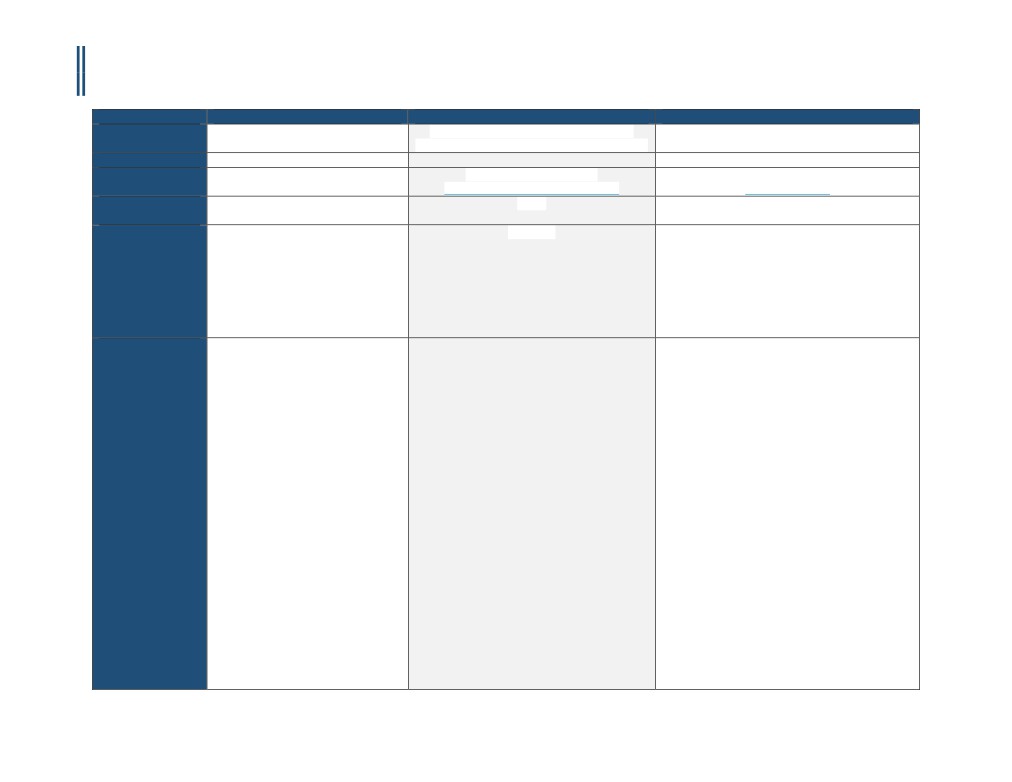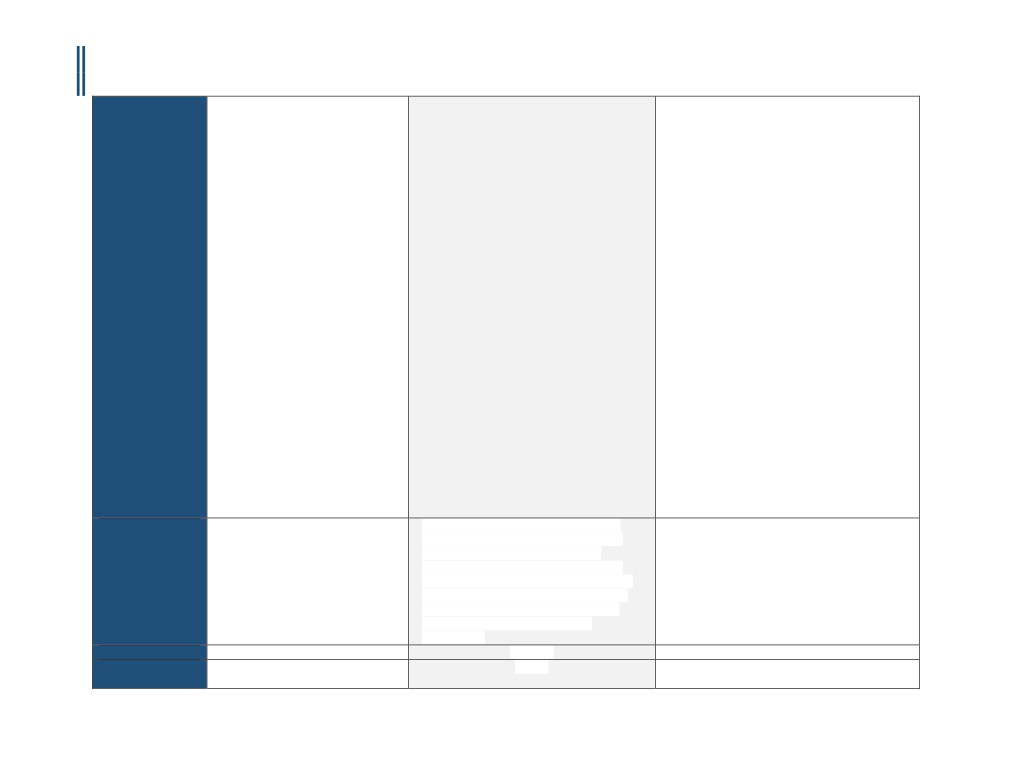
UTAH - CORONARY CTA PRIOR-AUTHORIZATION INFORMATIONAL GUIDE
Updated October 19th, 2016
Payer
SelectHealth
Regence BlueCross BlueShield
Aetna
Policy Name
N/A
Contrast Enhanced Computed Tomographic
Cardiac CT, Coronary CT Angiography and Calcium
Angiography (CTA) for Coronary Artery Evaluation
Scoring
Policy #
46
0228
RBM
AIM Specialty Health® (AIM)
eviCore (Product line and POS dependent)
Applicable CPT
75574
75574
75574
Code(s)
Applicable ICD
Not Listed
Not Listed
E08.00 - E09.9
Code(s)
E10.10 - E13.9
Not all inclusive
I37.0 - I37.9
M30.3
Q21.3
Q26.0 - Q26.9
Q87.40 - Q87.43
R94.39
Covered
SelectHealth has not made their
1.Anomalous Coronary Artery Mapping
I. Aetna considers cardiac computed tomography
Coronary CT medical policy public.
a. Contrast-enhanced computed tomographic
(CT) angiography of the coronary arteries using 64-
angiography (CTA) for evaluation of
slice or greater medically necessary for the
Providers may view the medical policy
congenital anomalous (native) coronary
following indications:
through SelectHealth’s provider portal
arteries in symptomatic patients may be
which is found at the link here.
considered medically necessary.
A.
Rule out significant coronary stenosis in
persons with a low or intermediate pre-test
2.Evaluation of Coronary Artery Disease in the
probability of coronary artery disease or
Emergency Room/Emergency Department
atherosclerotic cardiovascular disease by
Setting
Framingham risk scoring, Pooled Cohort
a.In the emergency room/ emergency
Equations, or by American College of Cardiology
department setting, contrast-enhanced
(ACC) criteria (see Appendix), with any of the
computed tomographic angiography (CTA)
following indications:
may be considered medically necessary for
1. Evaluation of persons with chest pain who
the evaluation of patients with acute chest
cannot perform or have contraindications to
pain who are without known coronary
exercise and pharmacological stress testing; or
artery disease.
2. Evaluation of persons with chest pain
presenting to the emergency department in
persons without acute ECG changes or positive
coronary markers when an imaging stress test
or coronary angiography are being deferred as
the initial imaging study.
B.
Rule out significant coronary stenosis in
persons with a low pre-test probability of coronary
1
CCM-100-0109-A

UTAH - CORONARY CTA PRIOR-AUTHORIZATION INFORMATIONAL GUIDE
Updated October 19th, 2016
artery disease or atherosclerotic cardiovascular
disease by Framingham risk scoring, Pooled Cohort
Equations, or by American College of Cardiology
(ACC) criteria (see Appendix) with a positive (i.e.,
greater than or equal to 1 mm ST segment
depression) stress test.
C.
Evaluation of asymptomatic persons at an
intermediate pre-test probability of coronary heart
disease or atherosclerotic cardiovascular disease by
Framingham risk scoring or Pooled Cohort
Equations (see Appendix) who have an equivocal or
uninterpretable exercise or pharmacological stress
test.
D.
Pre-operative assessment of persons
scheduled to undergo 'high-risk" non-cardiac surgery,
where an imaging stress test or invasive coronary
angiography is being deferred unless absolutely
necessary. The ACC defines high-risk surgery as
emergent operations, especially in the elderly, aortic
and other major vascular surgeries, peripheral
vascular surgeries, and anticipated prolonged
surgical procedures with large fluid shifts and/or
blood loss involving the abdomen and thorax.
E.
Pre-operative assessment for planned non-
coronary cardiac surgeries including valvular heart
disease, congenital heart disease, and pericardial
disease, in lieu of cardiac catheterization as the initial
imaging study.
F.
Detection and delineation of suspected
coronary anomalies in young persons (less than 30
years of age) with suggestive symptoms (e.g., angina,
syncope, arrhythmia, and exertional dyspnea without
other known etiology of these symptoms in children
and adults; dyspnea, tachypnea, wheezing, periods of
pallor, irritability (episodic crying), diaphoresis, poor
feeding and failure to thrive in infants).
2
CCM-100-0109-A

UTAH - CORONARY CTA PRIOR-AUTHORIZATION INFORMATIONAL GUIDE
Updated October 19th, 2016
II. Aetna considers CT angiography of cardiac
morphology for pulmonary vein mapping medically
necessary for the following indications:
A.
Evaluation of persons needing biventricular
pacemakers to accurately identify the coronary veins
for lead placement.
B.
Evaluation of the pulmonary veins in
persons undergoing pulmonary vein isolation
procedures for atrial fibrillation (pre- and post-
ablation procedure).
III.
Aetna considers CT angiography medically
necessary for preoperative assessment of the
aortic valve annulus prior to
anticipated transcatheter aortic valve replacement
(TAVR).
IV.
Aetna considers cardiac CT for evaluating
cardiac structure and morphology medically
necessary for the following indications:
A. Anomalous pulmonary venous drainage;
B. Evaluation of other complex congenital
heart diseases;
C. Evaluation of sinus venosum atrial-septal
defect;
D. Kawasaki's disease;
E. Person scheduled or being evaluated for
surgical repair of tetralogy of Fallot or
other congenital heart diseases;
F.
Pulmonary outflow tract obstruction;
G.
Suspected or known Marfan's syndrome.
Not Covered /
Contrast-enhanced computed tomographic
1.Aetna considers cardiac CT angiography
Investigational and
angiography (CTA) of the coronary arteries is
experimental and investigational for persons with
Not Medically
considered investigational for all other
any of the following contraindications to the
Necessary
indications, including but not limited to:
procedure because its effectiveness for indications
other than the ones listed above has not been
established:
3
CCM-100-0109-A

UTAH - CORONARY CTA PRIOR-AUTHORIZATION INFORMATIONAL GUIDE
Updated October 19th, 2016
A. Diagnosis and screening of coronary artery
disease (CAD)
A. Body mass index (BMI) greater than 40.
B. Diagnosis of CAD in coronary artery bypass
B. Inability to image at desired heart rate (under
grafts
80 beats/min), despite beta blocker
C. Diagnosis of CAD after percutaneous stent
administration.
placement
C. Person with allergy or intolerance to iodinated
D. Delineation of coronary artery anatomy prior
contrast material
to a cardiovascular procedure
D. Persons in atrial fibrillation or with other
E. Monitoring plaque density to evaluate
significant arrhythmia.
treatment effect
E. Persons with extensive coronary calcification
by plain film or with prior Angston score
greater than 1,700.
2. Aetna considers cardiac CT angiography using less
than 64-slice scanners experimental and
investigational because the effectiveness of this
approach has not been established.
3.Aetna considers coronary CT angiography
experimental and investigational for screening of
asymptomatic persons, evaluation
of atherosclerotic burden, evaluation of persons at
high pre-test probability of coronary artery disease,
evaluation of stent occlusion or in-stent restenosis,
evaluation of persons with an equivocal PET
rubidium study, identification of vulnerable
plaques, monitoring of atheroma burden, and for
all other indications (e.g., atrial
angiosarcoma) because its effectiveness for these
indications has not been established.
Payer Specific
Note: This policy only addresses the use of
Requirements
contrast-enhanced computed tomographic
angiography (CTA) in the evaluation of
coronary arteries and does not address the
use of CTA for evaluation of cardiac structure
and function (e.g. cardiac masses, emergent
evaluations of aortic dissection, suspected
pulmonary embolism, and structural
morphology).
Effective Date
6/1/2015
4/15/2016
Last Review/
4/2015
4/9/1998
Original Policy Date
4
CCM-100-0109-A

UTAH - CORONARY CTA PRIOR-AUTHORIZATION INFORMATIONAL GUIDE
Updated October 19th, 2016
SUGGESTED DOCUMENTATION TO NAVIGATE PRE-AUTHORIZATION
For instances when the indication is medically necessary, clinical evidence is required to determine medical necessity. For instances when the indication is investigational, you
may submit additional information to the Prior Authorization Department. The following documentation is recommended in order to ensure that pre-authorization can be
secured in a timely and efficient manner:
1.
Medical chart notes - all notes from the patient chart related to the requested procedure, including patient’s current cardiac status/ symptoms, cardiac
factors, and indications.
2.
Relevant patient information, including:
▪ Patient age, height, weight, and BMI
▪ Family history of heart problems (including relationship to member, age at diagnosis, type of event, etc.)
▪ Medical history (e.g. diabetes, hypertension, stroke arrhythmia, etc.)
▪ Cardiac risk factors
▪ Previous cardiac treatments, surgeries, or interventions
▪ Problems with exercise capacity
▪ Ordering provider information
▪ Imaging provider information
▪ Imaging exam(s) being requested (body part, right, left, or bilateral)
▪ Patient diagnosis (suspected or confirmed)
3.
Diagnostic or imaging reports from previous tests (exercise stress test, echocardiography, stress echocardiography, MPI, coronary angiography, etc.)
4.
Symptom history (onset, course, new or changing symptoms) related to all pertinent cardiac conditions, such as heart muscle/ valvular disease, structural
abnormality, infection, exposure to toxins/ chemotherapy, etc.
5.
Examination results, including evaluation of hypertension, heart failure, cardiomyopathy, abnormal rhythm, pulmonary embolus, congenital condition, etc.
6.
Any other documentation that supports the need for the procedure
DISCLAIMER: The information provided in this document is general information only and is not provided as legal advice, nor is it advice about how to code, complete, or submit any particular claim for
payment for health care services or goods. This information provides only an overview of HeartFlow’s understanding of current coverage policies for a select number of payers, and may not provide
all the information necessary to understand a particular patient’s benefits or payers coverage policies and prior authorization requirements. The information provided may not be comprehensive or
complete. It is the responsibility of the health care provider, such as a hospital or a physician to verify coverage and prior authorization requirements, submit complete, accurate and appropriate bills
or claims for payment that comply with applicable laws and regulations and third-party payer requirements, and to determine the appropriate codes, charges, and modifiers that the provider uses for
those purposes. Third-party payers may have policies and coding requirements that differ from those described here, and such policies can change over time.
HeartFlow disclaims any responsibility for claims submitted by health care physicians or others. Physicians should check and verify current policies and requirements with the payer for each patient.
HeartFlow endorses the best practice that all coding and billing submissions to payers be truthful and not misleading, and that providers make full disclosures to the payer about how the service has
been used. HeartFlow cannot guarantee success in obtaining payment for products and services.
Current Procedural Terminology (CPT) copyright 2016.
All rights reserved. CPT® is a registered trademark of the American Medical Association (AMA). Fee schedules, relative value units, conversion factors and/or related components are not assigned by
the AMA, are not part of CPT coding, and the AMA is not recommending their use.
The International Classification of Diseases, Tenth Revision, Clinical Modification (ICD-10) is maintained by the National Center for Health Statistics and the Centers for Medicare and Medicaid
Services.
References:
5
CCM-100-0109-A

UTAH - CORONARY CTA PRIOR-AUTHORIZATION INFORMATIONAL GUIDE
Updated October 19th, 2016
1.
“Cardiac Checklist (Health Plan).” RadMD, http://www1.radmd.com/media/459739/template-cardiac-checklist-magellan-hc-logo-4-1-2016.pdf. Accessed 25 October 2016.
2.
“AIM Specialty Health (AIM) Ordering Physician/Provider Quick Tips for Diagnostic Imaging Management Programs.” Anthem,
https://www11.anthem.com/provider/nh/f5/s2/t0/pw_ad087257.pdf. Accessed 25 October 2016.
6
CCM-100-0109-A